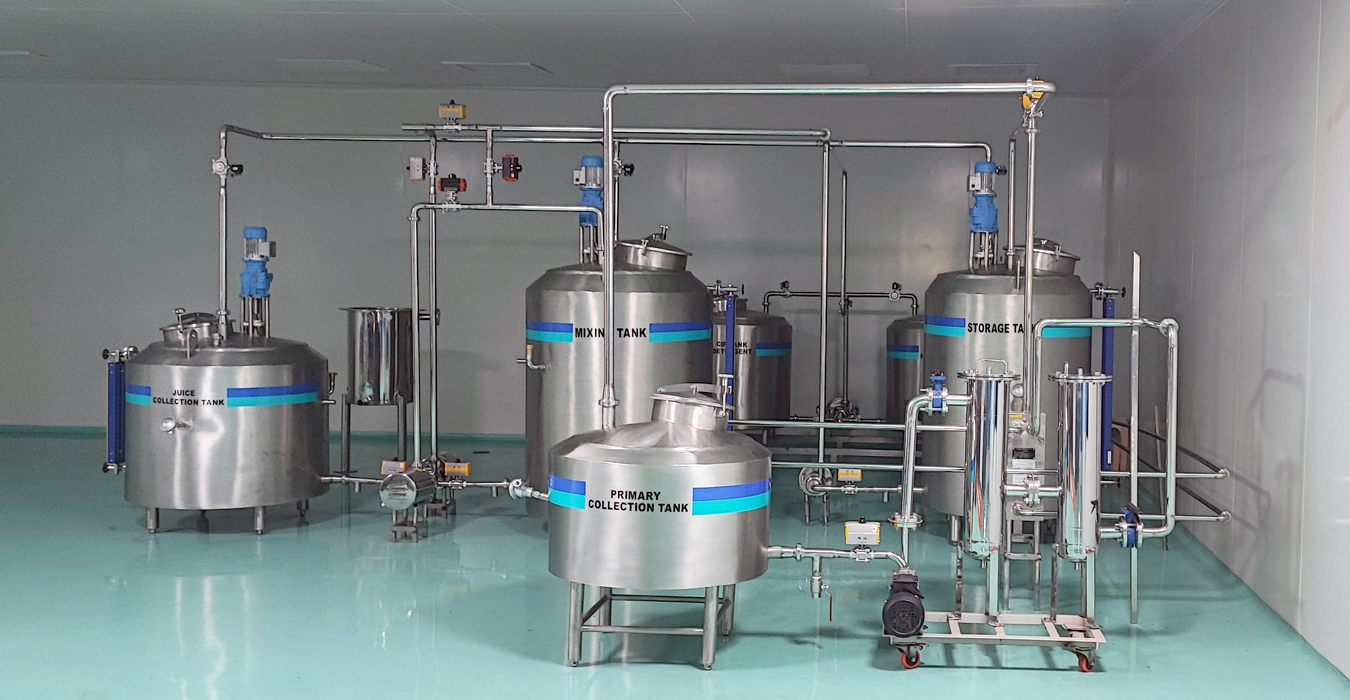By following these steps in a juice processing line, manufacturers can produce high-quality juice products that meet consumer preferences for taste, freshness, and nutritional value. Additionally, efficient processing methods help to minimize food waste and ensure product safety and hygiene standards are met.
About Us
M&T Engineering Equipments is a pioneer manufacturer of Dairy, Pharma, and all types of Food Processing Equipment in India.






